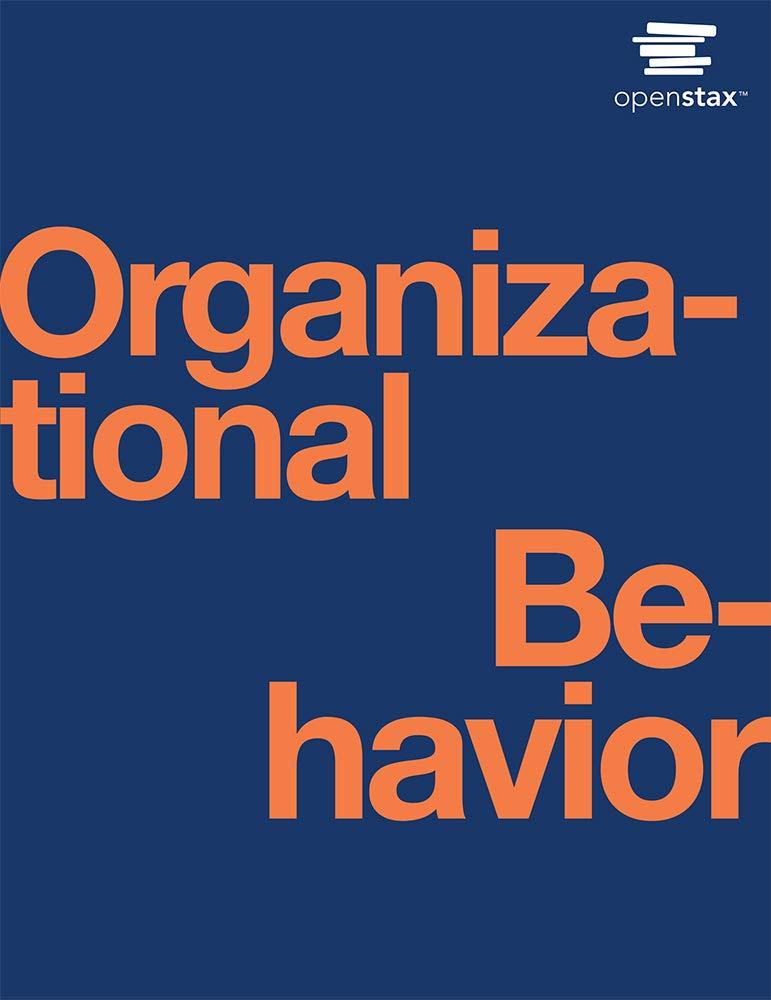In 2013, Zappos was performing well under the leadership of Tony Hsieh and was getting ready to
Question:
In 2013, Zappos was performing well under the leadership of Tony Hsieh and was getting ready to take on a new challenge that would, among other things, push the boundaries of traditional human resource management. Although business was booming, Tony Hsieh was not a man who wanted to be in status quo mode for too long, so he set out to implement an organizational and cultural change called Holacracy. Zappos was the largest and best known of the 300 companies worldwide that had adopted Holacracy—a new form of hierarchy that is a “flexible, self-governing structure, where there are no fixed jobs but simply temporary functional roles.”
In a Holacracy, the main unit is called the “circle,” which is a distinct yet fluid team. Leadership became similarly fluid with the changing circles. Circles are designed to meet certain goals and are created and disbanded as project needs change. The intent is that people self-select to work on projects that they want to work on and that they have the skills for. Tony also removed all previous titles. The role of manager went away and was replaced with three roles: “lead links” would focus on guiding the work in the circles; “mentors” would work on employee growth and development; and “compensation appraisers” would work on determining employees’ salaries. In 2015, he decided to further break down the divisions between many of the functions, changing them all to business-centric circles. There were changes to almost every human resource management structure that you can think of, and there were quite a few growing pains within the organization. Zappos began to look at employee pay, and Holacracy seemed to have a steep learning curve for many people, even though a “constitution” was created to provide guidance. Zappos was also facing 14% attrition, as some of the rapid and excessive changes were wearing on employees. Tony was a visionary, but for a lot of people it was hard to catch up and see the same vision.
From a human resource management perspective, there could be some positive attributes of a Holacracy if it were to succeed—such as building engagement and helping to build talent and skill sets. There were also a few risks that needed to be dealt with carefully. When you create an organization in which people don’t have set teams or projects but instead determine what they want to work on, one of the big challenges is going to be determining the level and nature of their role, as well as the compensation for that role. If Holacracy is compared to a consulting organization, in which consultants are brought into different projects with different requirements, it is critical to first determine the level of their consultant role (based on their education, skills,
experience, etc.) so that they can properly move from project to project yet maintain a role of a certain level. That level is then tied to a specific pay scale, so the same consultant will receive the same salary no matter which project he is on. If that consultant is “on the bench,” or not placed on a project (or self-placed, in the case of Holacracy), then after a certain defined period that consultant may be at risk of termination.
Holacracy is in some ways a challenging concept to think about, and self-management may not be able to work in all environments. A company that is implementing a Holacracy may find that they are able to master the process of self-selection of work in the “circles.” The “task” part of the equation may not be much of an issue once people figure out how to navigate the circles. However, the “people” part of the equation may need some work. The greatest challenge may lie in the structures and processes of human resource management that ultimately define the employer-employee relationship.
Critical Thinking Questions
1. What are some of the human resource management processes that might be enhanced by a Holacracy? What processes will be challenged?
2. Do you think that a Holacracy can be compared to a consulting company? How are they similar,s and how are they different? Can you think of work areas or industries in which Holacracy would be very difficult to implement?
Step by Step Answer:






